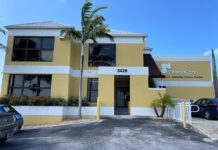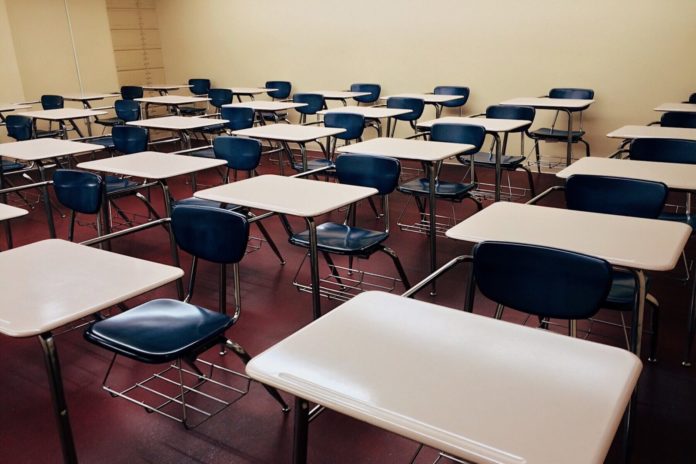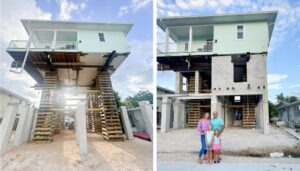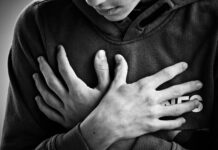Depending on how you define it, I regularly tune in to just one “reality” show: the one in which people race around the world. (I like the travelogue stuff.)
Several years ago, we were pleasantly surprised when the last leg of one season of the show took place in the Keys. I remember one local’s comment, in particular, when a team was trying to get to Big Pine Key: “There’s only one way in, and one way out.”
We should be so lucky when it comes to COVID-19. There is hardly anything resembling a signpost or a road map to get us through the pandemic. And among our uncharted territory is the road that leads our kids back to school.
Normally when I’m traveling, I’m one of those stubborn people who doesn’t want to ask for directions. But in a situation such as this, I’ll certainly seek them out. And as we begin to experience — at the very least — a respite from the worst of the pandemic, we fortunately have some authorities weighing in on the back-to-school question.
When it comes to kids’ health, one trusted resource is the American Academy of Pediatrics (AAP), which has at its disposal the collective expertise of many specialists. Doctors have devoted their careers to such specialties as infectious disease, child development, nutrition, sports medicine and mental health. There’s even a section that puts it all together and suggests a variety of policies affecting school health.
Experts at the AAP have, of course, been following COVID-19 closely. On May 5, they came out with a statement, “COVID-19 Planning Considerations: Return to In-Person Education in Schools.”
Like so much associated with the pandemic, specific mandates weren’t made. The statement did provide a sort of “Oh, yeah, we gotta think about that” list of considerations for restarting “regular” school. Here’s a sampling of the many things discussed:
- There are lots of things to consider in reopening: What the virus is doing here and nationally; testing availability (and, I might add, a better sense of what positive and negative tests actually mean); what can be done to control the spread of COVID-19 and increased knowledge about how children transmit the virus.
- Acknowledge the learning time that’s been lost throughout this era and adjust expectations regarding kids’ academic progress.
- Realize that many children depend on school meal programs for nutrition and hunger, and be flexible in how these programs are implemented.
- Be sensitive to the special needs of students with disabilities and/or high-risk medical conditions, and to students with potential mental health issues that started before, or as a result of, the COVID-19 crisis.
- Continue to work with public health agencies on the multitude of infection control issues such as sick kids, group size and physical distancing.
There is clearly a lot to consider as the responsible parties determine the best route back to school. Remember, they have no road map, either, and will undoubtedly be asking for directions. Let’s keep a good dialogue going about our best way forward.
The AAP’s full statement outlining back-to-school considerations is available at aap.org.

























